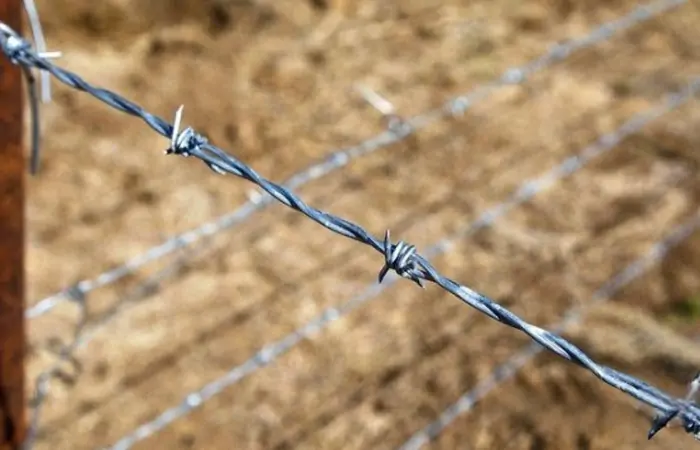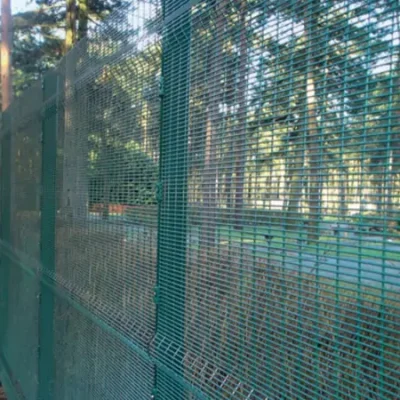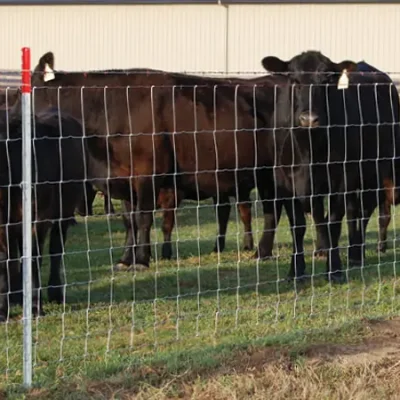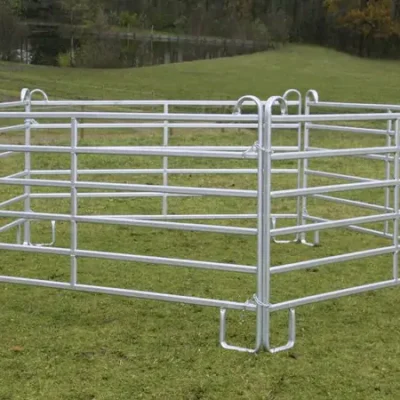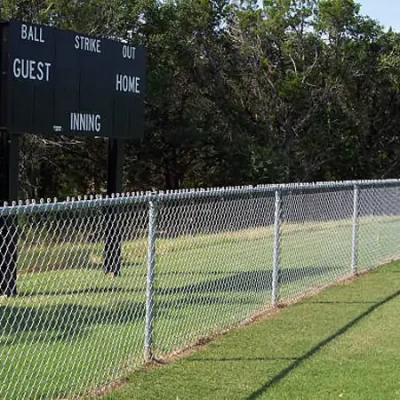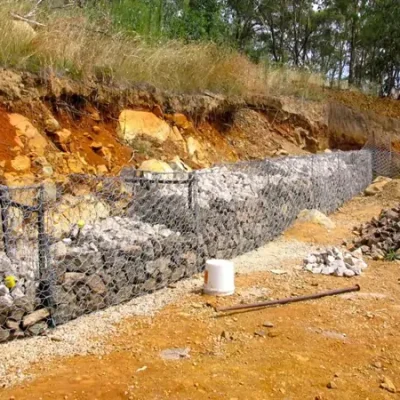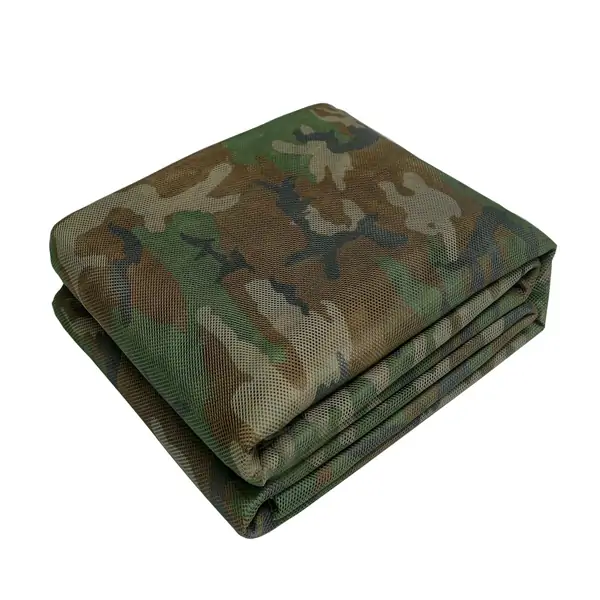Table of Contents
ToggleI. Introduction
Definition of Barbed Wire
Barbed wire, at first glance, seems like a simple invention—twisted strands of metal with sharp barbs that keep unwanted intruders, be they human or animal, at bay. However, this straightforward design hides a profound impact on history. It transcends its practical use, representing the ongoing conflict between humanity and the natural world, as well as the tension between freedom and control.
Importance of Barbed Wire
You might be surprised to learn that barbed wire is one of those inventions that changed the world in ways we rarely think about. From transforming the vast, open prairies of the American West into defined parcels of private land to becoming a critical tool in warfare, barbed wire has woven its way into the fabric of history, influencing agriculture, military strategy, and even social structures.
Purpose of the Overview
In this overview, we’ll explore the journey of barbed wire from its humble beginnings to its far-reaching impacts. By understanding its history, we gain insights not just into a tool, but into the evolution of land ownership, conflict, and societal change.
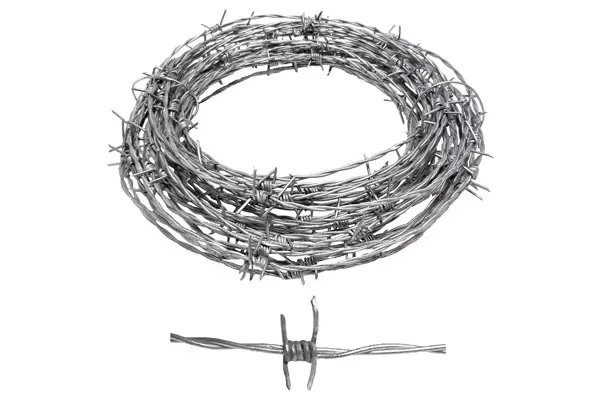
II. Pre-Barbed Wire Fencing Methods
Traditional Fencing Materials
Before barbed wire, fencing was a labor-intensive and often costly endeavor. Farmers relied on wooden fences, stone walls, and sometimes even thorny bushes to keep livestock in and intruders out. These materials worked well enough in small, densely populated areas, but they were hardly practical in the vast, open expanses of the American frontier.
Limitations of Pre-Barbed Wire Fencing
Imagine trying to fence off hundreds of acres with wood or stone. It was nearly impossible for the average farmer. These fences were not only expensive but required constant maintenance. And even then, determined cattle could often break through, causing havoc and loss for landowners.
Early Innovations in Fencing
Before barbed wire, people experimented with various natural deterrents. Thorny hedges, for example, were an early form of defense. While these natural barriers had their uses, they were slow to grow and far from foolproof. The need for a more efficient solution was becoming increasingly clear.
III. The Invention of Barbed Wire
Early Concepts and Attempts
The idea of a sharp, metal barrier wasn’t new. There were earlier attempts to create something similar, but these were often crude and ineffective. The challenge was finding a design that was both easy to produce and effective enough to deter livestock without injuring them severely.
Joseph Glidden and the First Practical Barbed Wire (1874)
Enter Joseph Glidden, a farmer from Illinois who, in 1874, forever changed the landscape of the American West. His design—two wires twisted together with sharp barbs—was not only simple but could be mass-produced. Glidden’s barbed wire was strong, durable, and affordable, making it an instant success. It was a game-changer for farmers and ranchers, who could now fence off large areas of land quickly and efficiently.
The Role of Patents in Barbed Wire Development
Patents played a crucial role in the development and commercialization of barbed wire. Glidden wasn’t the only one working on the concept—others, like Henry B. Rose and Jacob Haish, had their own designs. The race to patent the most effective barbed wire spurred innovation and led to a competitive market. Glidden’s patent, however, proved to be the most successful, largely because his design was both practical and easy to produce.
Initial Public Reception
At first, the idea of barbed wire was met with skepticism. Some farmers worried about the safety of their livestock, while others were simply resistant to change. But as more people began to use it and saw its effectiveness, barbed wire quickly gained acceptance. It wasn’t long before it became a standard tool in agriculture.

IV. Commercialization and Spread
Manufacturing and Distribution
Once Glidden’s design took off, the production of barbed wire became a booming industry. Factories sprung up, churning out miles of wire to meet the growing demand. Distributors established networks to get this revolutionary product into the hands of farmers and ranchers across the country.
Impact on American Agriculture
The impact of barbed wire on American agriculture cannot be overstated. It made it possible for settlers to manage large herds of cattle and cultivate crops without fear of wandering livestock. This, in turn, helped to accelerate the settlement of the American West, as land could now be effectively controlled and utilized.
Conflicts and Controversies
Of course, not everyone was happy with the spread of barbed wire. The “Fence Cutting Wars” of the late 19th century highlighted the tensions between open-range cattlemen, who opposed the fencing of public lands, and farmers who wanted to protect their property. Native American tribes also saw the fencing as a threat to their traditional way of life. Barbed wire, while practical, became a symbol of division and conflict.
Global Adoption
It wasn’t long before the success of barbed wire in the United States caught the attention of other countries. It spread across the globe, adapting to various climates and terrains. Whether in the plains of South America or the vast farmlands of Australia, barbed wire became an essential tool in agriculture worldwide.
V. Barbed Wire in Warfare
Introduction to Military Use
Barbed wire’s potential as a defensive tool didn’t go unnoticed by military strategists. As early as the late 19th century, it was used to fortify positions and protect against enemy advances. Its effectiveness in slowing down troops made it a valuable asset in military operations.
World War I
During World War I, barbed wire became infamous for its role in trench warfare. Soldiers were confronted with miles of wire entanglements, designed to slow down and funnel them into kill zones. The sight of barbed wire stretched across no man’s land became one of the war’s most enduring and tragic symbols, representing the deadly stalemate of trench warfare.
World War II and Beyond
Barbed wire continued to be used in World War II, not just in battlefield fortifications but also in the horrific context of concentration camps. Its image became even more loaded with meaning, associated with both protection and oppression. After the war, barbed wire remained a fixture in military installations around the world.
Psychological and Tactical Impact
Beyond its physical effects, barbed wire had a profound psychological impact on soldiers. It was a constant reminder of the dangers that lay ahead and the challenges of advancing in battle. Tactically, it forced armies to innovate, developing new strategies to overcome this seemingly simple yet formidable barrier.
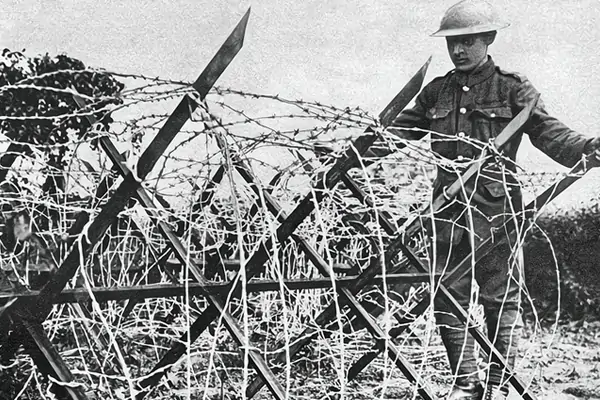
VI. Technological Developments and Variations
Improvements in Design and Materials
Over the years, barbed wire has seen various improvements. New materials, such as galvanized steel, have made it more durable and resistant to the elements. The design of the barbs has also evolved, making them more effective at deterring intruders while minimizing harm to livestock.
Alternatives and Competitors
As effective as barbed wire is, it’s not without competition. Razor wire, with its sharp blades, offers an even more formidable barrier, often used in high-security areas. Electric fences provide another alternative, especially for controlling livestock in more controlled environments. Despite these innovations, barbed wire remains a popular and cost-effective choice for many applications.
Modern Uses of Barbed Wire
Today, barbed wire isn’t just for farms. It’s used in a wide range of settings, from securing construction sites to marking property boundaries in urban areas. It’s also found in art and architecture, where it serves as a powerful symbol of boundaries and protection.
VII. Social and Environmental Impact
Social Changes
Barbed wire has had a profound effect on society. By enabling landowners to enclose their property, it changed the way people thought about land and ownership. It played a role in the settlement of the West, the displacement of Native American tribes, and the end of the open-range era. Barbed wire turned the American frontier into a patchwork of private property, laying the groundwork for modern agriculture and ranching.
Environmental Consequences
Despite its many advantages, barbed wire has notable drawbacks, especially concerning the environment. One of the most significant effects is on wildlife, as it disrupts the natural movement and migration of animals. Where creatures once traveled freely across vast, open areas, they now face barriers that can fragment their habitats. In some instances, animals have been harmed or even killed after becoming ensnared in the wires.
The presence of barbed wire fences has also altered natural landscapes. The once uninterrupted vistas of prairies and plains have been segmented into grids, changing the aesthetic and ecological character of these regions. Additionally, maintenance and disposal of old or damaged barbed wire pose environmental concerns, as the metal can rust and degrade, affecting soil quality and posing hazards to both wildlife and humans.
In some ecosystems, the introduction of barbed wire has disrupted natural grazing patterns, leading to overgrazing in confined areas and underutilization in others. This imbalance can result in soil erosion, loss of plant biodiversity, and other ecological issues that have long-term consequences for the health of the environment.
VIII. Barbed Wire in the Modern World
Current Manufacturing Trends
Barbed wire manufacturing is now a global industry, with production facilities located across various continents. Technological advancements have streamlined the manufacturing process, resulting in products that are more durable and of higher quality. Today’s barbed wire often features corrosion-resistant materials and coatings, designed to withstand harsh environmental conditions and extend its lifespan.
There is also a growing trend toward customization, with manufacturers creating different types of barbed wire to suit specific needs. For instance, heavier gauge wires are used in high-security settings, while lighter, more flexible options are favored in agriculture. This diversification allows manufacturers to cater to a wide range of markets.
Sustainability is becoming increasingly important in barbed wire production. Companies are now exploring eco-friendly materials and manufacturing methods to minimize environmental impact, responding to the rising demand for greener solutions.
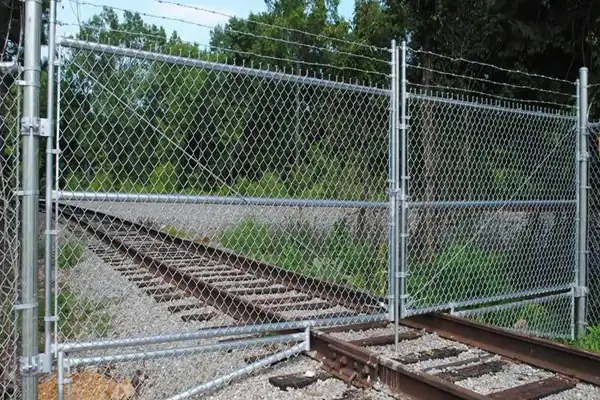
IX. Conclusion
From its origins as a simple yet ingenious solution to fencing vast open lands, barbed wire has played a pivotal role in shaping modern agriculture, facilitating the settlement of new territories, and altering military strategies. Its development and widespread adoption have had profound social, environmental, and cultural impacts, marking its presence in virtually every aspect of human society.
The journey of barbed wire reflects the complex interplay between innovation, necessity, and consequence. It has been a tool for progress and control, a symbol of both protection and oppression, and a subject of continuous adaptation and debate.
FAQ
1. What is barbed wire, and why is it important?
Barbed wire consists of fencing wire with sharp points or edges spaced along its length. Although it may appear to be a basic invention, its impact has been far-reaching. In agriculture, barbed wire transformed the industry by offering an affordable and efficient way to contain livestock over vast areas of land. Its significance extends beyond farming, as it was also heavily used in military history. During World War I and other conflicts, barbed wire served as a crucial tool in creating strong defensive barriers, particularly in trench warfare.
2.How did people solve fencing problems before the invention of barbed wire?
Before the invention of barbed wire, people used traditional materials like wood, stone, and thorny bushes to build fences. These methods were often labor-intensive, expensive, and not very effective over large areas, especially in the open expanses of the American West. Maintaining these fences required significant effort, and they often failed to keep livestock contained, leading to the need for a more efficient solution.
3.Who invented barbed wire?
Barbed wire was invented by Joseph Glidden, a farmer from Illinois, in 1874. Glidden’s design involved two wires twisted together with sharp barbs placed at regular intervals. This design was practical, easy to produce, and highly effective, leading to its rapid adoption and the widespread use of barbed wire in agriculture. Glidden’s invention marked the beginning of the end for open-range ranching and helped to settle the American frontier.
4.What are the modern uses of barbed wire?
In modern times, barbed wire is used in a variety of settings beyond agriculture. It is commonly employed in security fencing for construction sites, industrial areas, and even around private properties to deter intruders. In urban areas, it can be seen topping walls and fences to enhance security. Additionally, barbed wire is sometimes used in art and architecture, symbolizing boundaries, protection, or oppression, depending on the context.
5.What environmental impacts does barbed wire have?
Barbed wire has significant environmental impacts, particularly on wildlife. It can disrupt migration routes and fragment habitats, leading to ecological imbalances. Animals can become entangled in the wire, resulting in injury or death. Moreover, the widespread use of barbed wire has changed the natural landscape, dividing once open areas into segmented plots. The disposal of old or damaged wire also poses environmental challenges, as it can rust and degrade, affecting soil quality and posing hazards to both wildlife and humans.
6.What is the symbolic significance of barbed wire in art and culture?
Barbed wire has become a powerful symbol in art and culture, often representing themes of confinement, oppression, and division. In literature and visual arts, it is used to evoke the harsh realities of war, imprisonment, and human rights abuses. On the other hand, barbed wire can also symbolize protection and security, illustrating the fine balance between safety and restriction. In popular culture, it appears in fashion and design, sometimes as a statement of toughness or rebellion, reflecting its complex and multifaceted symbolism.

